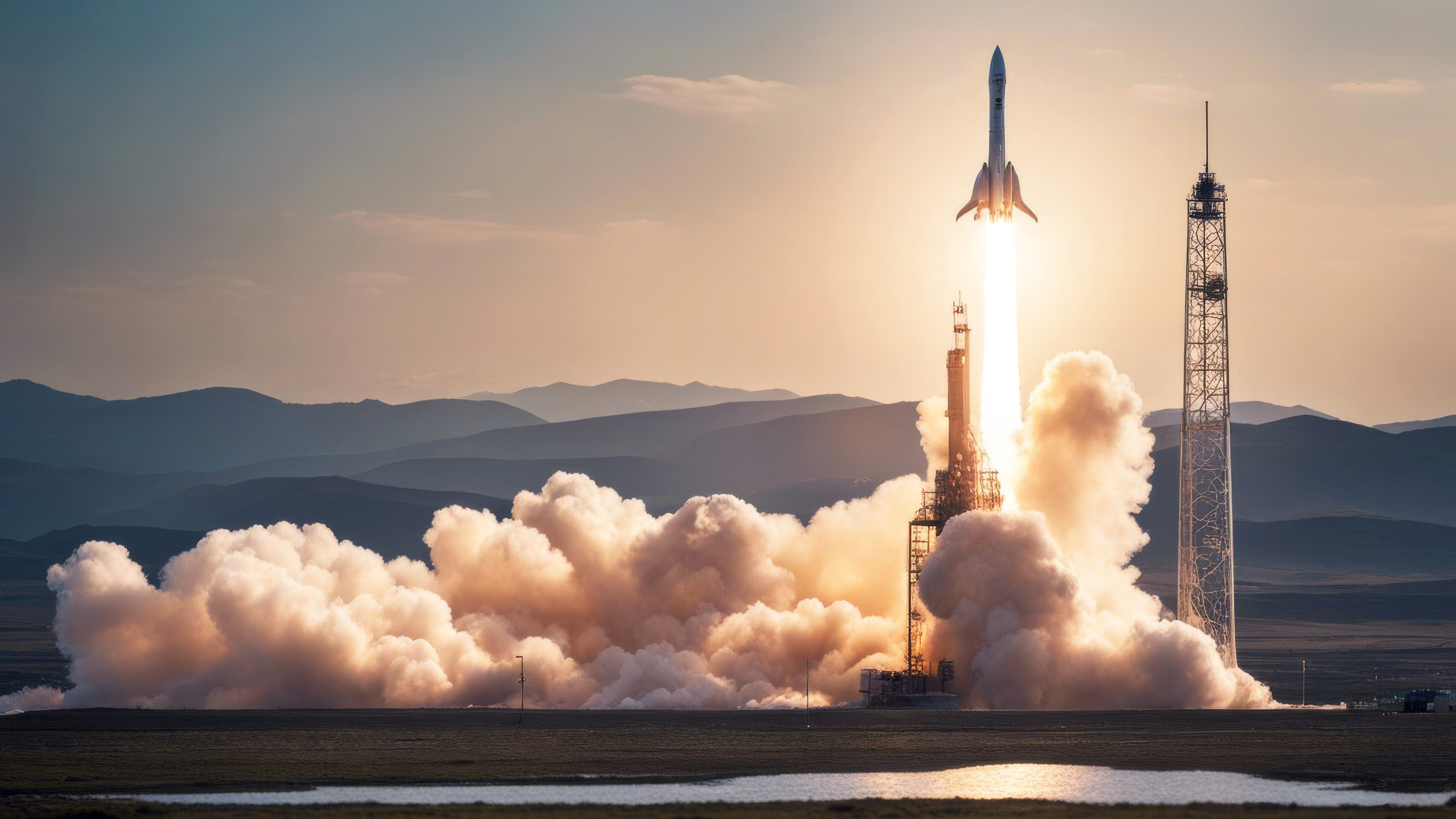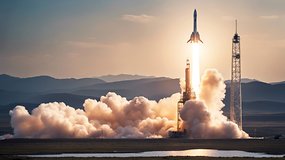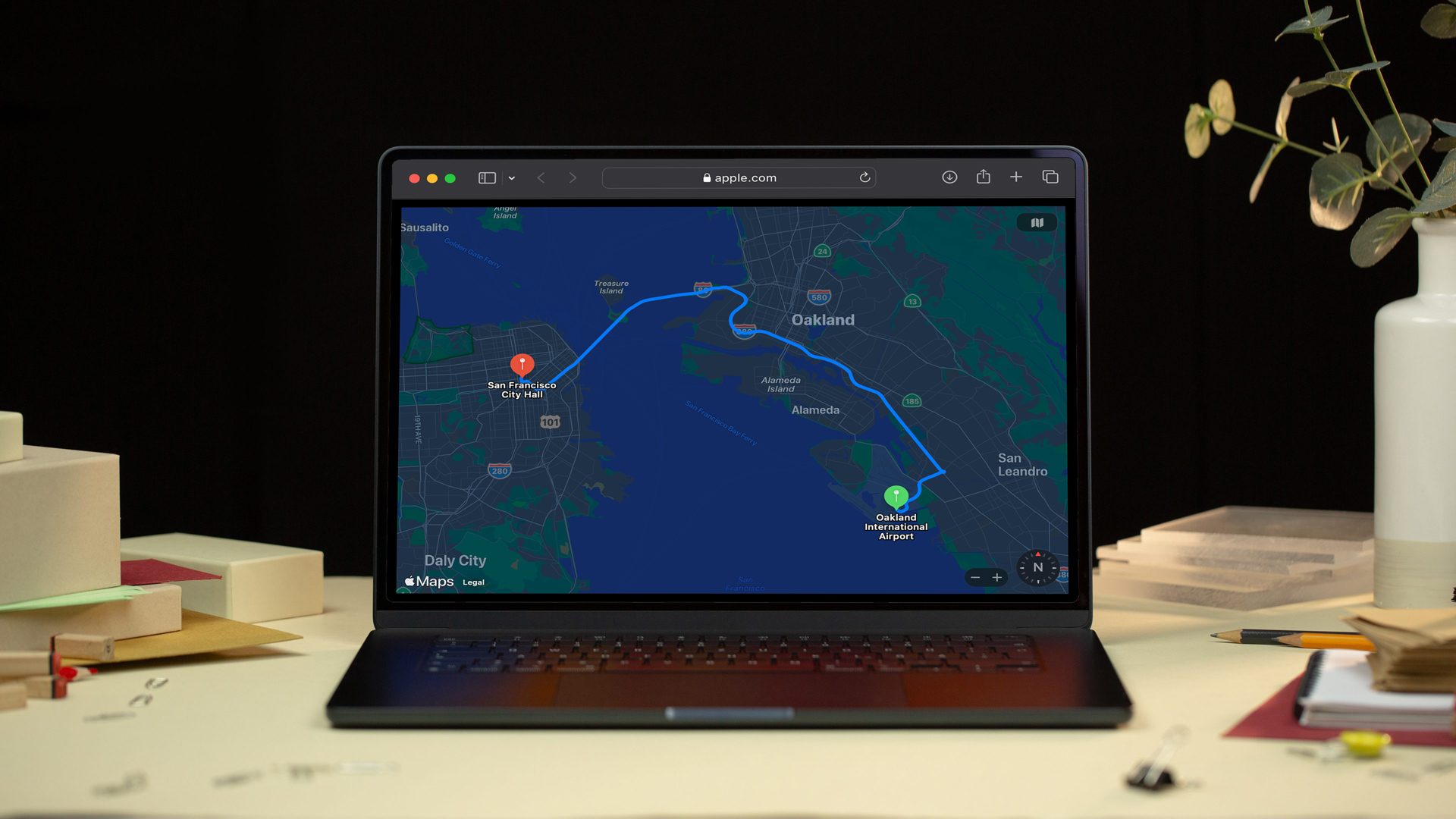

With news of the reclusive Marubo tribe in the Amazon gaining internet access, the spotlight is firmly on Starlink, SpaceX’s growing constellation of orbital satellites, which enabled this connection.
Last year ended with a total of 12,597 satellites in orbit, including 9,241 active satellites and 3,356 inactive satellites, says satellite-tracking company Slingshot Aerospace. Almost 3,000 of these were launched in the past year alone.
Meanwhile, according to astronomer Jonathan McDowell, as of May 2024, there are 6,078 Starlink satellites in orbit, of which 6,006 are working. Meaning, by rough estimates, Starlink is responsible for approximately two-thirds of active satellites in our skies.
3 SpaceTech positions hiring now
- Space Systems Engineer, SAIC, El Segundo ($175,001 – $200,000)
- Space Mobility Ground Software Engineer III, Blue Origin, Seattle ($141,480 – $198,072)
- Human Space Flight Systems Engineer, Booz Allen, Houston ($60,300 – $137,000)
Space business is booming. The same Slingshot Aerospace report says there was “a record of 223 orbital launches in 2023, representing a 19.9% increase in launches – with 2,877 satellites deployed, marking a 14.6% surge vs. 2022.”
And according to Space Capital, a prominent early-stage venture firm, around $17.9 billion was invested in the space economy in 2023. Plus, in Q1 of 2024, investment in the space economy grew 33% quarter on quarter, totaling $6.5BN across 103 companies.
While this influx of capital is a testament to the growing confidence and interest in space-related ventures, most funds don’t go to the futuristic, sci-fi concepts we see in movies—like space manufacturing and asteroid mining, which only receive about 1% of all funding. Similarly, launch service companies received just 9% over the last decade.
Instead, the bulk of the investment is funneled into the satellite ecosystem, including supporting technology like ground services that connect them, and applications that collect data.
Organizations to watch
Space is complex, but so too is the SpaceTech industry. As well as the big names like N30, Satcube, Starlink, SAIC, NASA, Blue Origin, Virgin Galactic, and SpaceX, there’s also a whole galaxy of influential players. This means if you want to work in this sector, there are plenty of exciting options.
Take U.S.-based Slingshot Aerospace for example. It operates a global network of optical sensors that collect and analyze space traffic data, and this year is expanding its operations to scenic Cornwall in England.
Or how about Michigan’s Orbion Space? It produces technology which specializes in plasma thrusters that helps satellites move with ease, and safely re-enter and burnout in the Earth’s atmosphere at the end of their lifecycle.
Also in Michigan is Kall Morris Inc, which is testing next-gen software and a grappling tool for intercepting space junk.
In Arizona, there’s KinetX which focuses on finding a way to reach distant asteroids, and is the first and only private company to successfully navigate NASA missions to Mercury, Pluto, asteroids and more.
From San Francisco Orbital Sidekick works on stopping methane emissions from space, and provides hyper-spectral imaging to numerous industries like mining, agriculture, food quality and safety, and fire risk assessment, among others.
Also in San Francisco is Astranis, which builds space telecom systems, and Slooh, a cosmic classroom educating the next generation of space explorers, via live feeds of space.
The rapid growth and diversification of the space industry presents endless opportunities for those interested in working in SpaceTech.
It’s not just about carbon-guzzling holidays for billionaires. From developing advanced propulsion systems to innovating new ways to manage space traffic and debris, the field is ripe with potential.
Whether it’s through environmental monitoring, deep space navigation, or space education, the satellite industry is laying the groundwork for a future where space is an integral part of our everyday lives.
And if you want to be part of it, there’s an ever-growing number of companies to join.
Ready to launch your career into a new stratosphere? Start your job search today on the nextpit Job Board. This article was written by Amanda Kavanagh.









